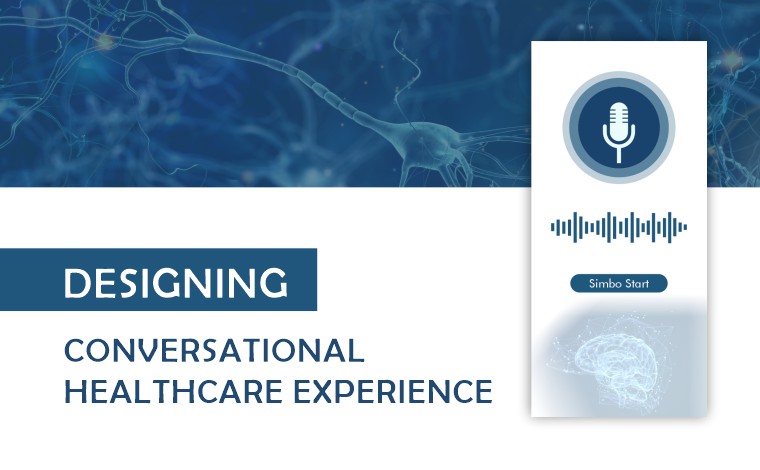
In the rummage around for Digital Health Solutions, there are numerous considerations for organizations. Typically, those tools aim to reinforce the delivery of medical services, education, and products to Patients while creating meaningful impacts and Clinical efficiencies.
In general, the term ‘Third-Party Integration’ means the addition of necessary external data to an existing project using different APIs (Application Program Interfaces). So instead of creating a new chat interface, the developers can simply take an available API and integrate it into your solution. The Healthcare industry continues to undergo Digital Transformation. Medical facilities with inadequate or non-existent risk management systems become subject to third-party liabilities.
- Due to the worth of Patient information, the Healthcare Industry may be a consistent target for cybercriminals. In 2019, the Healthcare sector saw the very best number of incidents by industry, with 41 percent of Healthcare facilities reporting a breach. Vendors often have access to PHI and other valuable data. Still, they follow less stringent security and compliance standards in comparison to Healthcare facilities, meaning that without proper risk management, they are prone to compromise.
- The goal of a Third-Party Risk Management program is to supply organizations with a system that permits them to perform adequate due diligence across their entire vendor ecosystem. This is often typically done through the employment of vendor questionnaires. Standard assessment questionnaires assess different areas of vendor security regarding industry regulations and trends. These help Healthcare providers gauge individual vendor risk by providing insight into their security posture.
- The reasons behind successful third party integration in today’s Health Care industry are Multi-party product view which is provided through creative 3rd party integration that supports unobtrusive access to Web Applications and delivers optimum clinician views, Single source for data saves data transcription and errors, and provides the safety of the earliest up-to-date, correct clinical information delivery. An HL7 messaging layer acts as a buffer between the cloud and core systems, meaning no Third Party gets direct access to data. Faster Access, Streamlined access to the patient medical record for emergency department clinicians better communication, synchronizes communication between Patient and Medical staff which improves the quality of care, Improved workflow, Medical staff can instantly access patients medical records.
- Integrating with Third-Party Systems, like Electronic Health Records (EHR) or Customer Relationship Management Systems (CRMs), enables organizations to push and pull data into and out of the platform functions. Using various communication methods with applications – Program Interfaces (APIs), Hypertext Transfer Protocol (HTTP), and more – platforms can utilize existing features rather than reinventing the wheel with entirely new code. While these Third-Party applications can add features, functions, and efficiency to your organization’s virtual experiences, it’s often easier said than done to integrate them quickly and seamlessly.
The business needs to respond to market demands quickly. Third-Party integrations allow us to quickly add features and tools to the business processes that might take many months to on our own. Even if we have the resources to develop tools in-house, those tools might need a great deal of time to refine.
